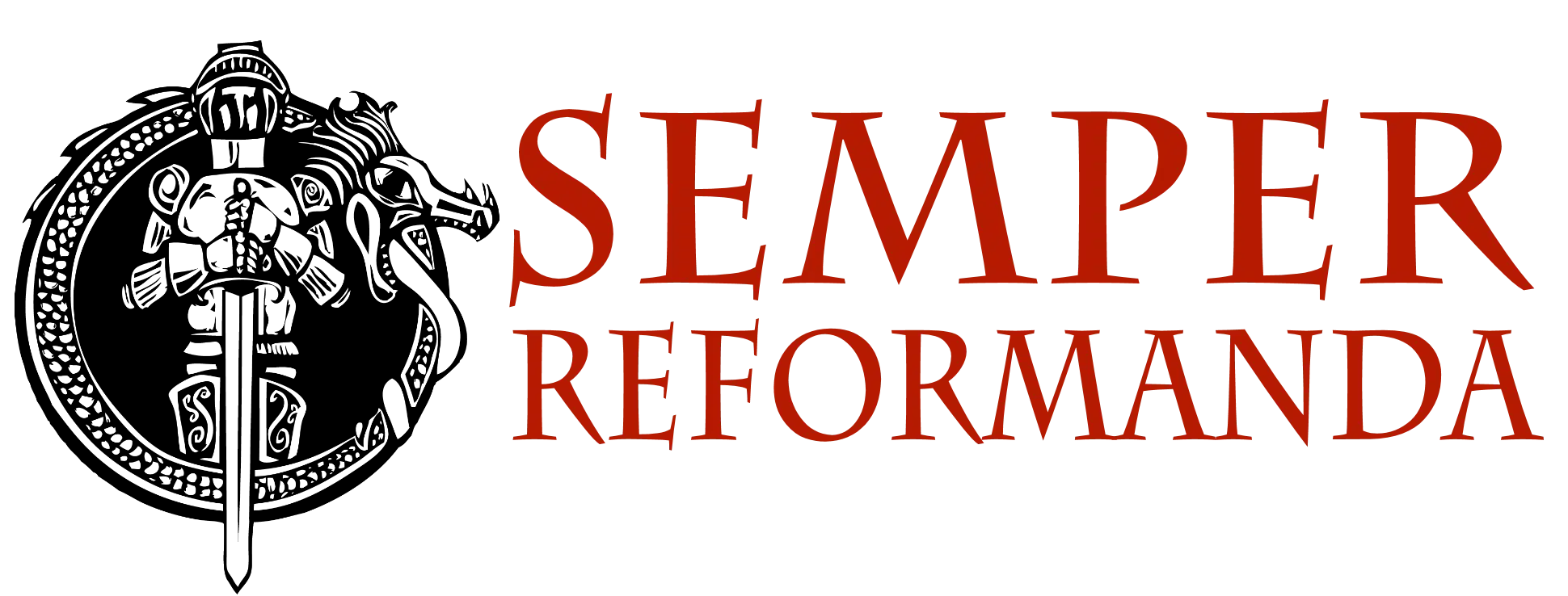The Regulative Principle is based solely upon God’s command and it alone. The distinction between the command and presumption is critical. Consider these passages:
8 Then the LORD said to Moses, “Make a fiery serpent, and set it on a pole; and it shall be that everyone who is bitten, when he looks at it, shall live.” 9 So Moses made a bronze serpent, and put it on a pole; and so it was, if a serpent had bitten anyone, when he looked at the bronze serpent, he lived.
The New King James Version (Nashville: Thomas Nelson, 1982), Nu 21:8–9.
10 In the Most Holy Place he made two cherubim, fashioned by carving, and overlaid them with gold. 11 The wings of the cherubim were twenty cubits in overall length: one wing of the one cherub was five cubits, touching the wall of the room, and the other wing was five cubits, touching the wing of the other cherub; 12 one wing of the other cherub was five cubits, touching the wall of the room, and the other wing also was five cubits, touching the wing of the other cherub. 13 The wings of these cherubim spanned twenty cubits overall. They stood on their feet, and they faced inward. 14 And he made the veil of blue, purple, crimson, and fine linen, and wove cherubim into it.
The New King James Version (Nashville: Thomas Nelson, 1982), 2 Ch 3:10–14.
Poole notes:
“Solomon was instructed; partly by his father David, and partly by the Spirit of God, which inspired and guided him in the whole work.”
“Of image work; made in the shape of young men or boys, as they commonly are. Or, of movable work; so called because they were not fixed to the mercy-seat, as the Mosaical cherubims were, but stood upon their feet, as it is said here, ver. 13, in a moving posture.”
Matthew Poole, Annotations upon the Holy Bible, vol. 1 (New York: Robert Carter and Brothers, 1853), 823.
4 “You shall not make for yourself a carved image—any likeness of anything that is in heaven above, or that is in the earth beneath, or that is in the water under the earth; 5 you shall not bow down to them nor serve them.
The New King James Version (Nashville: Thomas Nelson, 1982), Ex 20:4–5.
26 ‘You shall not make idols for yourselves;
neither a carved image nor a sacred pillar shall you rear up for yourselves;
nor shall you set up an engraved stone in your land, to bow down to it;
for I am the LORD your God.
The New King James Version (Nashville: Thomas Nelson, 1982), Le 26:1.
19 But Joshua said to the people, “You cannot serve the LORD, for He is a holy God. He is a jealous God; He will not forgive your transgressions nor your sins. 20 If you forsake the LORD and serve foreign gods, then He will turn and do you harm and consume you, after He has done you good.”
21 And the people said to Joshua, “No, but we will serve the LORD!”
22 So Joshua said to the people, “You are witnesses against yourselves that you have chosen the LORD for yourselves, to serve Him.”
And they said, “We are witnesses!”
23 “Now therefore,” he said, “put away the foreign gods which are among you, and incline your heart to the LORD God of Israel.”
24 And the people said to Joshua, “The LORD our God we will serve, and His voice we will obey!”
The New King James Version (Nashville: Thomas Nelson, 1982), Jos 24:19–24.
Poole cont’s:
“Thou shalt not make, either in thy mind, or with thy hand, Acts 17:29, or by thy command. Unto thee, i.e. for thy use, or for thee to worship; for otherwise they were not absolutely forbidden to make any images, but only to make them for worship, as may appear by comparing this place with Lev. 19:4; Deut. 4:15; and Amos 5:26, with Acts 7:43; and from Lev. 26:1, where the setting up of a pillar, or stone, is as absolutely forbidden as the making of an image. And therefore as the former is not forbidden to be done simply and universally, as appears from Josh. 24:20; 1 Sam. 7:12, but only to be done in order to worship, so also is the latter. Moreover there were cherubims and other images in the temple, and afterwards the brazen serpent, which because they were not made to be worshipped, neither were indeed, nor were ever esteemed to be, any contradictions to this law. Any graven image, or molten, or any other image, as is most evident from the nature and reason of the precept. Nor is any thing more common than such synecdochical expressions, wherein under one kind named all other things of the like nature are contained. But for more abundant caution, and to put all out of doubt, he adds a more general word, nor any likeness. Any thing that is in heaven; as of God, Deut. 4:15; Isa. 44:9, 20, angels, sun, moon, or stars, which the heathens worshipped, Deut. 4:19; 17:3. Or in the earth; as of men, and beasts, and creeping things, which the Egyptians and other Gentiles worshipped as gods. See Deut. 4:16, 17; Isa. 44:13; Ezek. 23:14. Or in the water; as of fishes, such as Dagon was; or serpents, crocodiles, and such other Egyptian deities. Under the earth: this is emphatically added, to note the singular care of Divine Providence in bringing the waters under the earth, which naturally are lighter and higher than it, and therefore might easily overwhelm it. Compare Psal. 104:6.”
Matthew Poole, Annotations upon the Holy Bible, vol. 1 (New York: Robert Carter and Brothers, 1853), 158.
